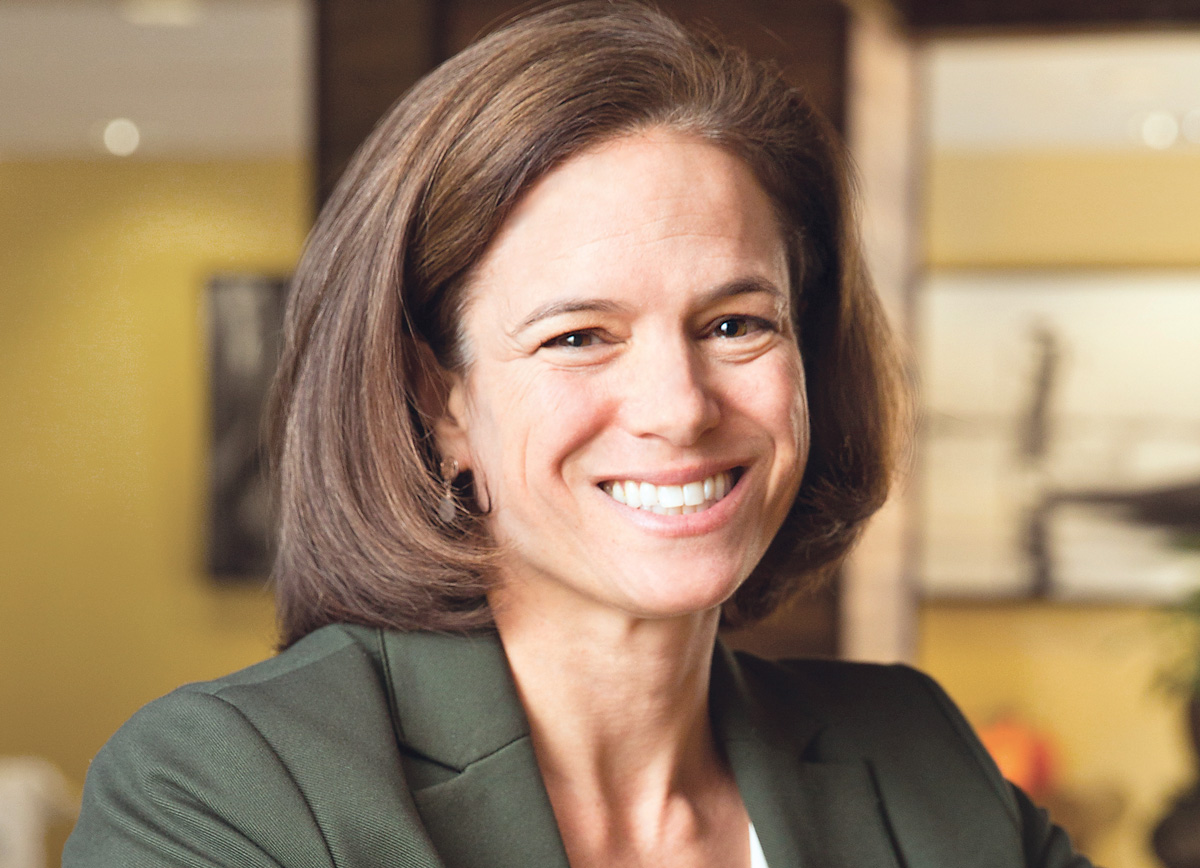
Sharing Expertise in the Fight Against COVID-19
“I couldn’t not help when asked,” says Katz, who received a master’s from the Yale School of Public Health in 1998 and a Ph.D. from Princeton in 2005. For 15 years, from 2004 to 2019, she was an expert consultant to the Department of State while building her scholarship, research, and teaching as a faculty member, first at George Washington University, then at Georgetown. “I’ve been very fortunate to be able to work in academia and also contribute directly to the policy process,” she says.
In November, Katz was named to President Joe Biden’s COVID-19 Advisory Board. She continues to support the Biden administration as a senior adviser to Secretary of State Antony Blinken’s team working on the COVID response and global health security and diplomacy.
“I’m honored to be back working with the government and hoping to translate my research and experiences into global health security and diplomacy policy and actions,” says Katz.
“Pandemic preparedness has always been political, but it had never been partisan,” she adds. “I was asked to join the team based on my years of experience focused on public health preparedness, pandemics, and global health security. It’s a way to contribute and help ensure the team would be in a good place at the start of the administration in order to effectively respond to the pandemic.”
The priority continues to be ending COVID-19.
“We must do everything we can to contain the virus and end the pandemic, save lives, and get our society back to normal,” says Katz. “We must focus on the systems that need to be rebuilt and strengthened in order to ‘build back better bio-preparedness.’ It is not either-or. It is both. Now.”
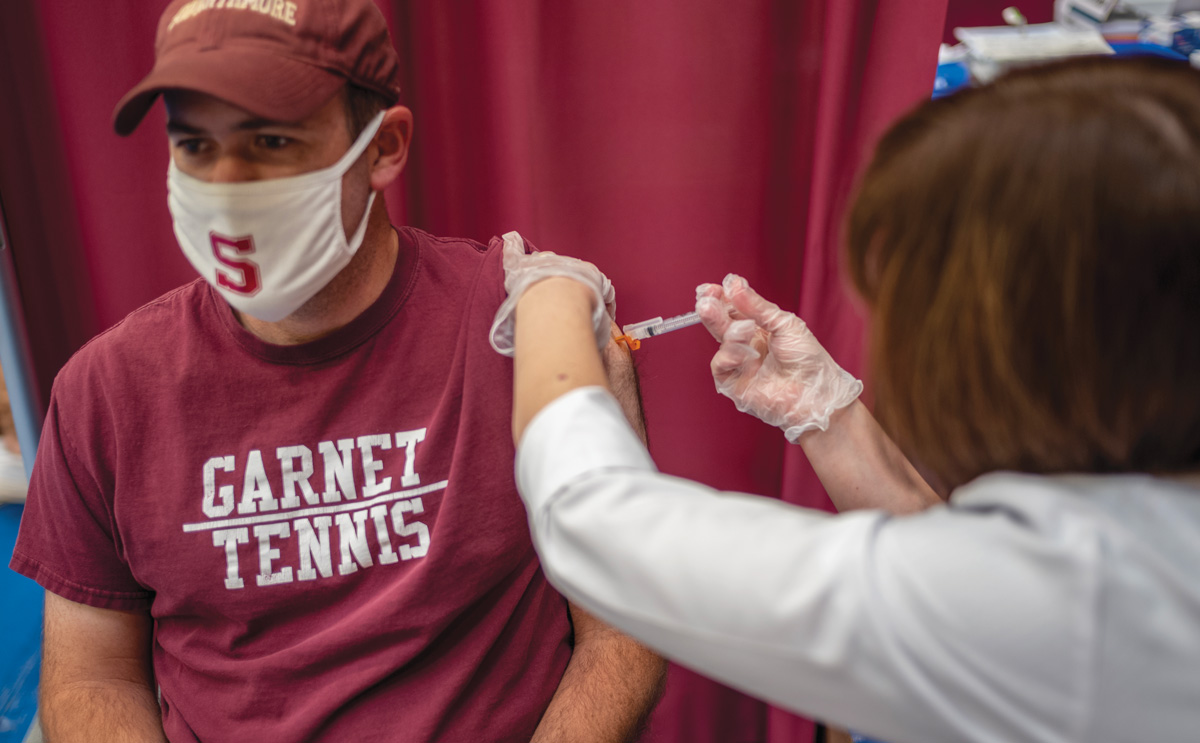
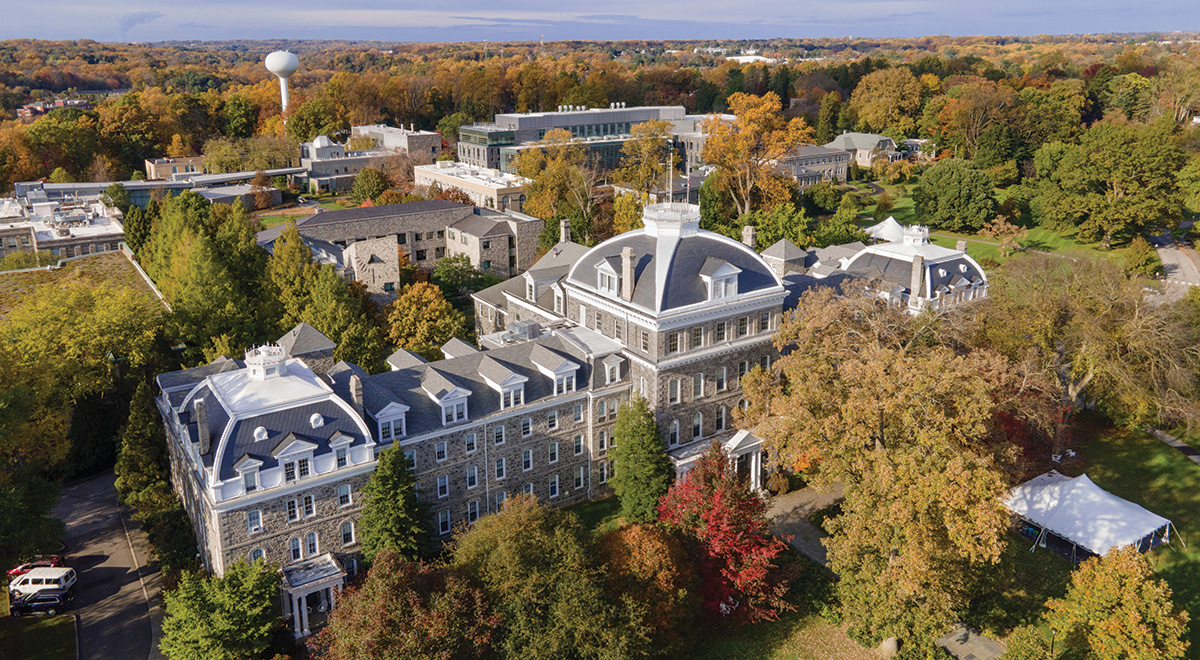
Roadmap to Zero Carbon
“Swarthmore has long believed in the importance of being responsible stewards for the natural environment,” says President Valerie Smith. “We recognize that the climate crisis is an existential threat, and we must take decisive action now to ensure we are leaving a healthy planet for future generations. This new energy master plan creates conditions that will allow us to fulfill our earlier promise of carbon neutrality by 2035.”
Adopting and implementing the energy plan, known as the “Roadmap to Zero Carbon,” positions Swarthmore as one of the leading higher education institutions in climate and sustainability efforts.
“This is a significant and exciting undertaking for the College — one that serves as an expression of the College’s values and that will result in tangible, measurable results in our community’s efforts to address the global climate crisis,” says Salem Shuchman ’84, chair of the Board of Managers.
“Having a fully comprehensive energy master plan that truly eliminates on-site and purchased-energy greenhouse gas emissions puts Swarthmore among a select few,” adds Sustainability Director Aurora Winslade.
The plan includes an overhaul of the campus heating and cooling infrastructure, which relies on a steam system that was built in 1911 and is powered by fossil fuels. In its place will be a series of geothermal wells deep beneath the campus grounds, with a centralized geo-exchange plant housed in the basement of the Dining and Community Commons, a project made possible by a gift from Rosamund Stone Zander ’64.
“Instead of investing more in a very old and inefficient steam system that uses last century’s technology, we can replace it with a new, highly efficient zero-carbon energy system on campus,” says Andy Feick, associate vice president for sustainable facilities operation and capital planning. (Read a Q&A with Feick on pg. 84.)
Winslade describes the system, similar to one now used to heat and cool PPR Apartments and Whittier Hall, as a kind of “giant rechargeable heat battery.”
The plan enables the College to improve power reliability, making the campus more resilient during power outages. It is the culmination of a multiyear effort that included Capital Planning and Project Management, the Finance and Investment Office, the Office of Sustainability, an external advisory board of experts, students, and faculty and graduates from the Environmental Studies and Engineering departments.
“It is important to us to take this leadership position, because we believe that it’s necessary to show peer institutions that this can be done,” says Feick. “We want them to see that we can support our communities through renewable sources and still have the comfort and programmatic support that we require in order to operate our campuses.”
Campus Quickly

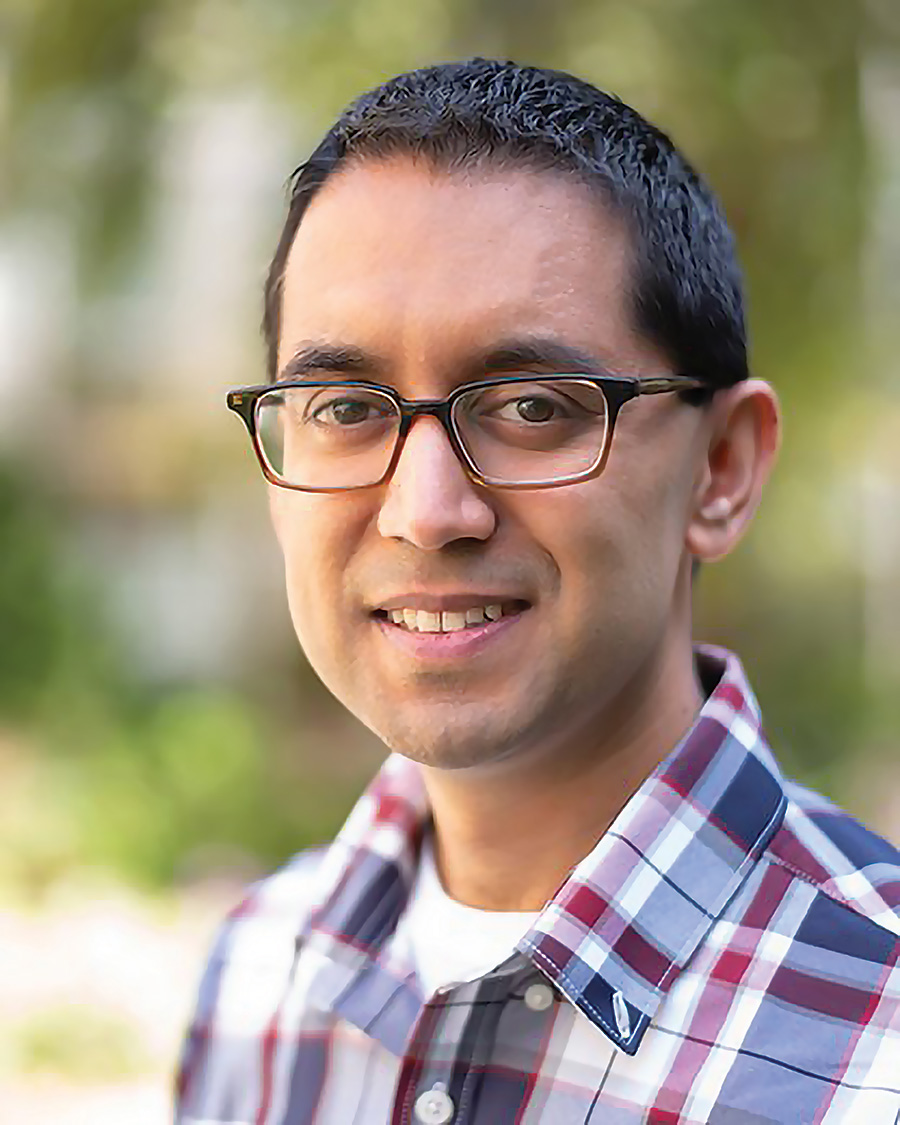
New Associate Dean of the Faculty
“One of my priorities as associate dean of the faculty is to bolster our mentoring programs for new faculty and to bring to the forefront challenges that face young faculty — particularly those from marginalized and underrepresented backgrounds — such as student debt, income insecurity, and limited access to child care,” says Soni, who has served on the Faculty Committee on Diversity and Excellence and the Ad-Hoc Child Care Committee.
Soni’s new role begins July 1. He succeeds Associate Professor of Statistics Lynne Steuerle Schofield ’99.
President Smith Joins ACE Board
“It is a privilege to represent the collaborative, diverse, and intellectually rich Swarthmore community as a board member of the American Council on Education,” says Smith, who will serve through March 2023. “As our nation grapples with the intersecting crises of inequality, racial justice, the financial and public health implications of COVID-19, and the very meaning of democracy itself, the transformative power of education has never been more important. I’m looking forward to serving in this role and advocating on behalf of students and institutions working to make higher education more inclusive and accessible.”
With a mission of mobilizing the higher education community to shape effective public policy and foster innovative, high-quality practices, ACE represents more than 1,700 two- and four-year public and private institutions.

Mellon Grant for Diversity Program
The grant supports the College’s vision for a leadership-development program for faculty in the arts and humanities from underrepresented institutions of higher education. The College will design and implement the program over the next four years, partnering with the University of Pennsylvania in the initial phase of the effort. The program is planned as a series of conferences, workshops, and guest lectures on leadership in the humanities.

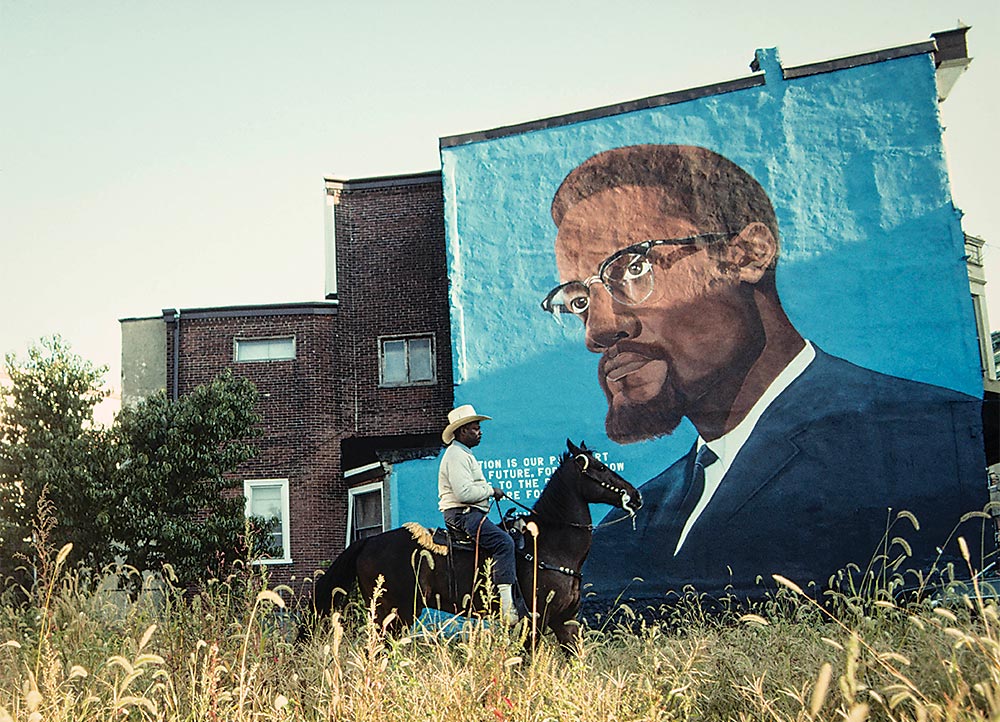
In Pursuit of Scholarship
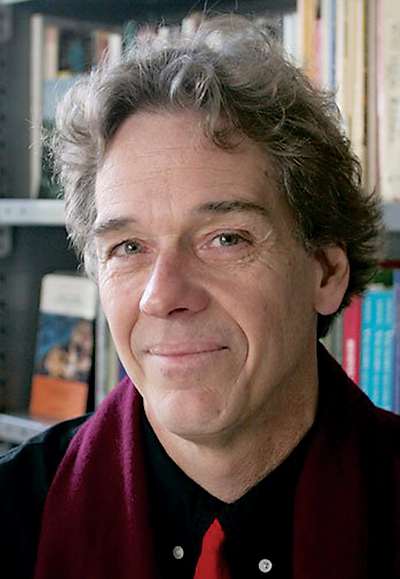
For Hopkins, the fellowship will allow him to expand into a book a project he has been developing on lament as an ethical witness to particular love and loss, including female laments in the poetry and prophecies of the English poet William Blake and in early Greek, Greek Christian, Hindu, and Buddhist literature.
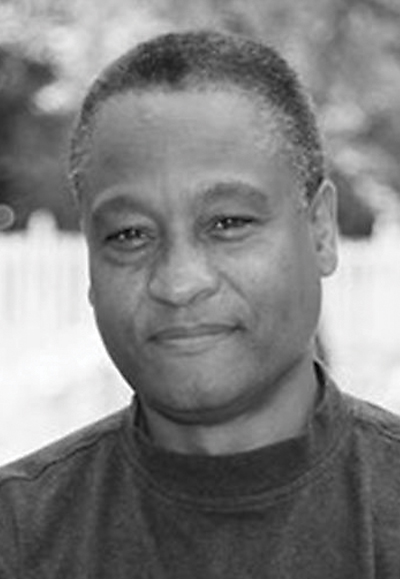
This year’s Guggenheim winners also include Tara Zahra ’98, the Homer J. Livingston Professor of History at the University of Chicago, and Seth Koven ’78, the G.E. Lessing Distinguished Professor of History and Poetics at Rutgers University.
— RYAN DOUGHERTY
Now a Department, Spanish Delivering nuanced Student Experiences
“Many of our students grew up in bilingual homes, and others have been studying Spanish since childhood,” says Martínez. “Spanish is not ‘foreign’ to them: It is part of their lives. That is why it was so personal for many of them. It was a very joyous moment.”
Adds Salima Bourguiba ’19, who majored in economics and Spanish: “It truly never occurred to me that it wasn’t already a department, because it always felt like one.”
As the Spanish program grew within the Modern Languages and Literature Department, it became increasingly difficult to manage. Martínez, now chair of the new department, and María-Luisa Guardiola, professor of Spanish, worked for many years to establish Spanish as a department — improving learning goals and assessment, honing the structure of the curriculum, finding smarter models of teaching intensive Spanish language courses, and more.
There’s been a sharp increase in students combining Spanish with another major, such as biology or engineering. The department aims for students to be able to communicate fluently in Spanish, with a nuanced understanding of the literatures and cultures of Spain, Latin America and the Caribbean, and Latinos in the U.S., says Martínez. The goal is a vibrant community of Spanish learners and speakers on campus.
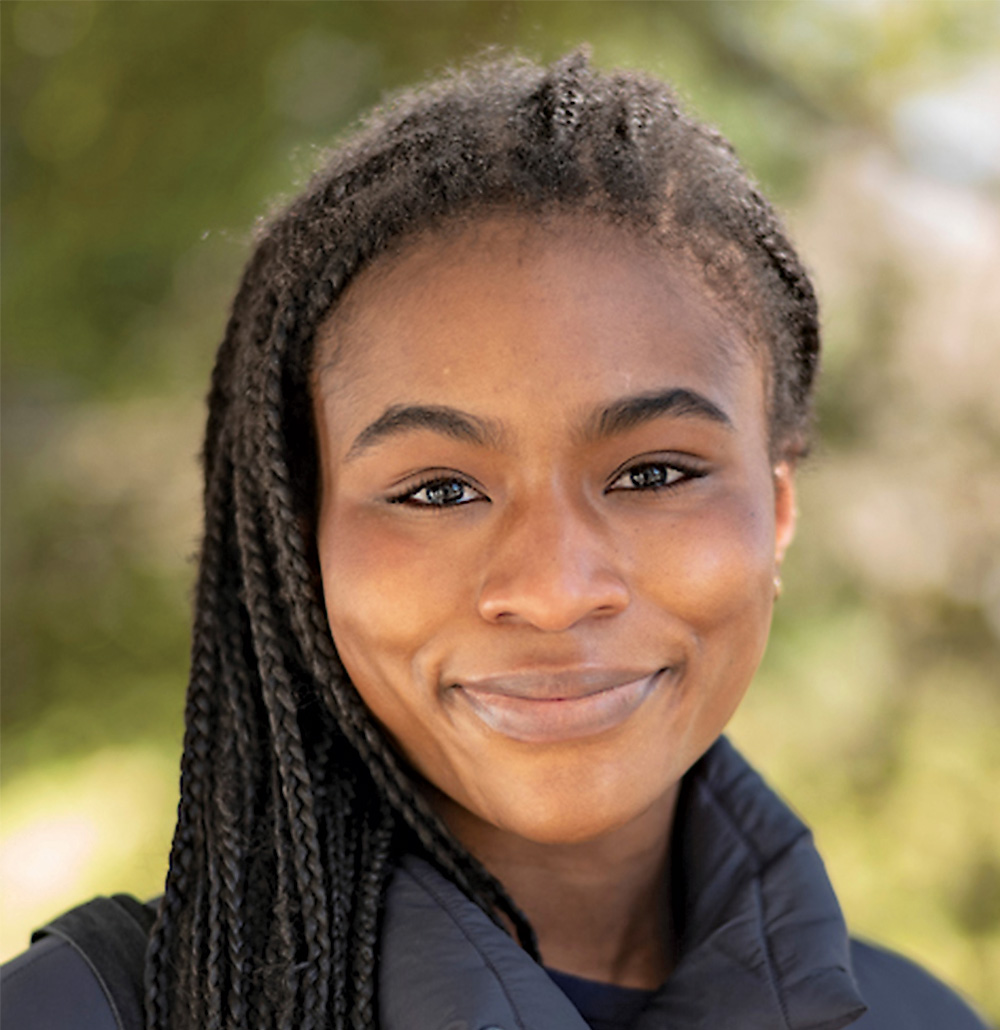
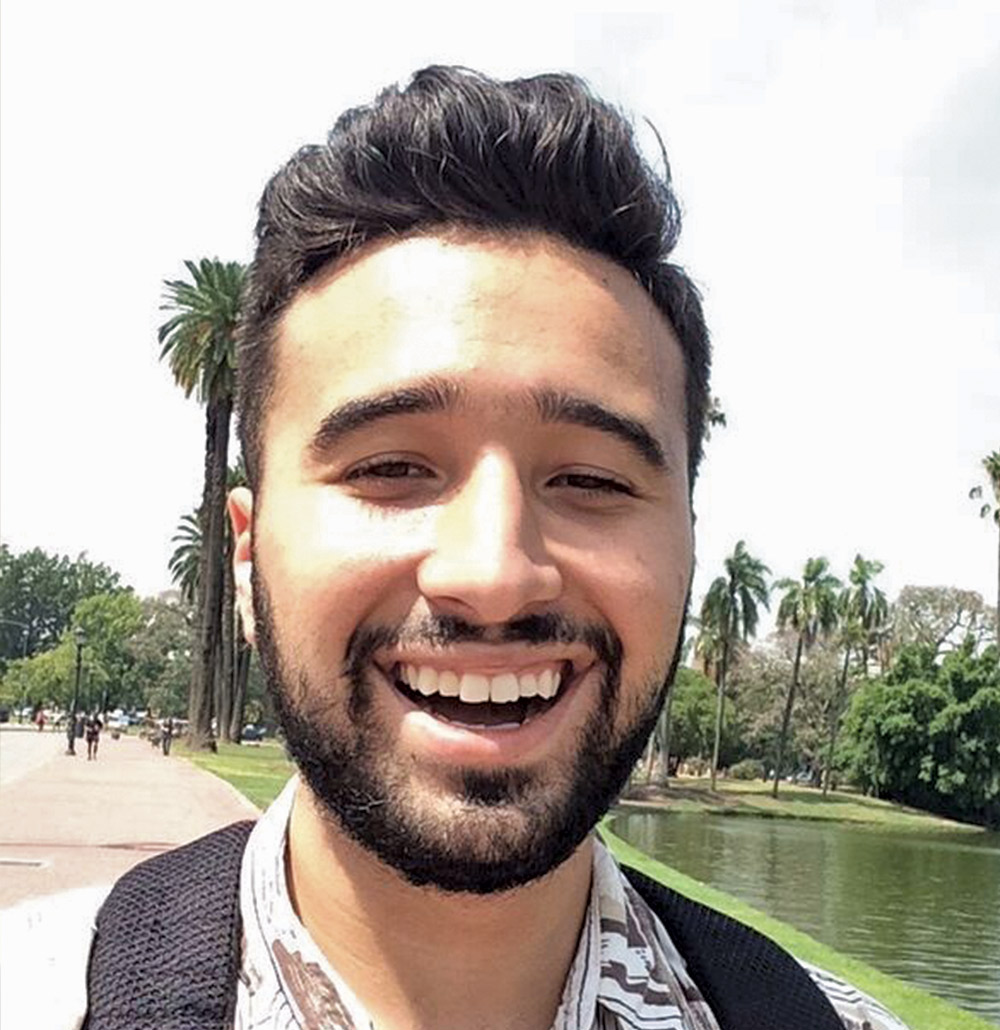
NEW PATHS AND PARTNERSHIPS
“The students pursued incredibly diverse projects, reflecting the myriad ways alumni make an impact in the world,” says Nancy Burkett, director of Career Services, whose team began developing the new SwatWorks program last year amid disruptions to students’ summer plans caused by COVID-19.
Just as in past years, students worked closely with alumni partners to gain a glimpse of professions that interest them. They still gleaned career insights and developed professional skills, but this year students were also able to complete substantive projects.
Thanks to the Advancement Office, the alumni and parent councils, alumni affinity groups, and former extern sponsors, students had a wide swath of opportunities, and with the support of alumni donors, they even received funding for undertaking projects.
For their micro-internships, Ryan Arazi ’21 and Atinuke Lardner ’22 each partnered with Laura Markowitz ’85, serving as beta readers for a textbook she’s writing for Voices on the Economy (VOTE).
“The work was a cutting-edge introduction to economics that emphasized the importance of learning multiple viewpoints in order to enhance how our democracy functions,” says Arazi, a peace & conflict studies major from Staten Island, N.Y. “After reading the textbook and adding my own comments to it, I feel like a more well-informed citizen with a deeper understanding of the economic underpinnings of points of view that are not my own.”
“I completed practice exercises and interpreted graphics as if I were a student, all while learning about effective pedagogical writing techniques,” adds Lardner, a political science, philosophy, and economics special major from South Orange, N.J. “I thoroughly enjoyed this project and am grateful to Laura.”
Career Services plans to relaunch the SwatWorks program in the 2021–22 academic year and invites ideas for micro-internships.
Meaningful Mentorships
As senior fellows, Hanis and Malla will engage students as mentors, internship hosts, and co-instructors or guest lecturers in Swarthmore courses during the 2021 calendar year.
“We are always grateful for the robust engagement of Swarthmore College alumni, but are especially thrilled to have two social innovators actively supporting current Swarthmore students in both curricular and co-curricular ways,” says Jennifer Magee, senior associate director of the Lang Center.
A social entrepreneur, Hanis is the co-founder of two startups: Inclusive America, a nonprofit that aims to increase diversity, equity, and inclusion in government, and Progressive Shopper, a technology company that harnesses conscious consumption. He is also an associate fellow at the European campus of the Johns Hopkins School of Advanced International Studies.
Malla is a community organizer, leadership coach, and policy entrepreneur who has been leading with a vision of an enterprising Nepal. He spearheads the Daayitwa Campaign, which promotes youth employment in Nepal through collaboration among four startups that he co-founded: Daayitwa, Governance Lab, Nepal Leadership Academy, and Nepal Rising.